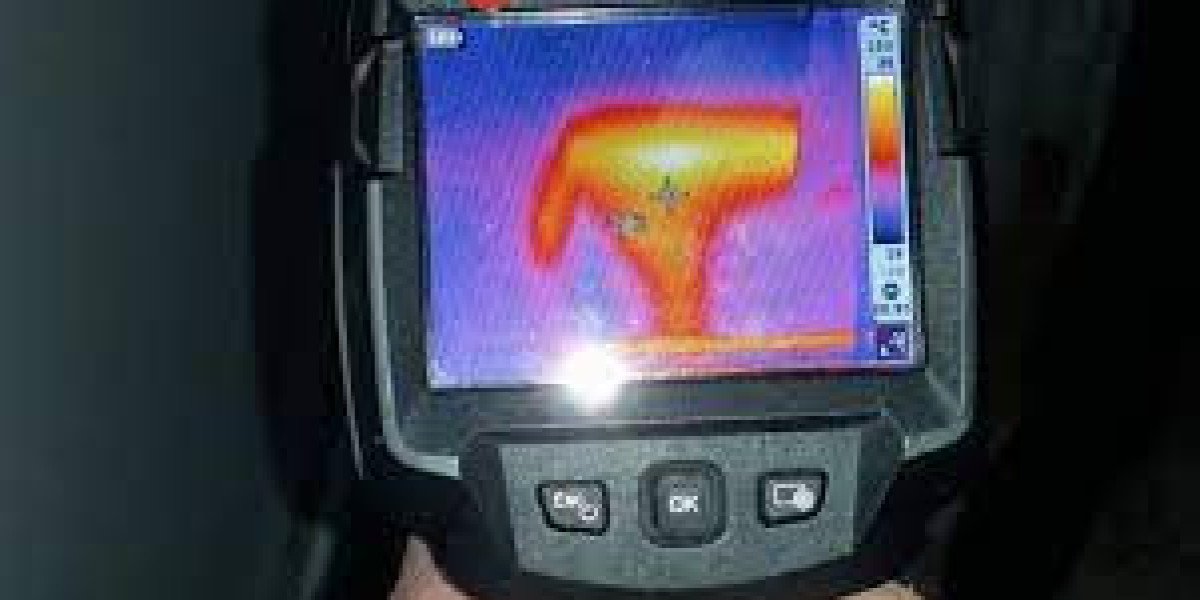In the age of artificial intelligence, the ability to detect machine-generated content has become just as critical as generating it. As AI tools like ChatGPT, Bard, DALL·E, and others are used to create text, images, videos, and even code, the demand for AI detector—also known as KI detectors in German ("Künstliche Intelligenz")—has skyrocketed.
What is an AI Detector?
An AI detector is a software or algorithm that identifies whether a piece of content—be it text, image, video, or audio—was created by a human or generated using artificial intelligence. These tools analyze patterns, writing styles, probabilities, and linguistic features to flag AI-generated content.
What is a KI Detector?
KI detector is the German equivalent term for AI detector (Künstliche Intelligenz Detector). It performs the same function: identifying content created with the help of artificial intelligence tools. The terminology may vary across languages and regions, but the core functionality remains consistent.
Why AI and KI Detectors Are Important
1. Preserving Academic Integrity
With students using AI to write essays and answer assignments, schools and universities must deploy AI/KI detectors to prevent academic dishonesty.
2. Fighting Misinformation
AI-generated content can be used to spread false information, create fake news, and even produce deepfakes. Detectors help identify such content before it causes harm.
3. Ensuring Originality in Journalism
AI-written news stories and blogs can mimic human writing to a shocking degree. Newsrooms use AI detectors to ensure originality and editorial quality.
4. Legal and Copyright Protection
Detecting AI-generated replicas of original human-created content is essential in protecting intellectual property rights.
How Do AI and KI Detectors Work?
1. Perplexity and Burstiness Analysis
Perplexity measures how predictable a text is. AI-generated content typically has lower perplexity. Burstiness refers to the variability of sentences. Human writing is usually more varied.
2. Token Probability Scoring
AI detectors break down content into tokens (words or phrases) and measure the probability of each token appearing in context. High-probability sequences usually indicate AI origin.
3. Machine Learning Classification
Advanced detectors are trained using datasets of both human and AI-generated content. The models learn to classify content based on learned features and language cues.
4. Syntax and Grammar Checks
Some detectors evaluate how natural the sentence structure is. AI-written text can have perfect grammar but lack depth or emotion.
Top AI and KI Detection Tools in 2025
1. GPTZero
Originally developed for educators, GPTZero identifies AI-generated essays by analyzing perplexity and burstiness. It is widely used in academia.
2. OpenAI's AI Classifier
OpenAI’s tool provides a likelihood rating for whether a text was written by AI. While not infallible, it offers valuable insights into content generation.
3. Turnitin AI Detection
Turnitin now includes AI detection capabilities that help instructors identify AI-assisted writing in student submissions.
4. Sapling.ai AI Content Detector
This tool works for English and multilingual content, offering high accuracy and user-friendly interfaces for business, journalism, and education.
5. Hive Moderation
Focused on image and video detection, Hive uses neural networks to spot AI-generated visuals, making it ideal for detecting deepfakes and manipulated media.
Challenges and Limitations of AI and KI Detectors
Despite rapid progress, AI and KI detector are not perfect. Here are the key challenges:
1. False Positives and Negatives
Sometimes human-written content is flagged as AI-generated and vice versa. This can cause confusion and reduce trust in the tools.
2. Language Limitations
While most tools are optimized for English, accuracy drops in other languages like German, Spanish, or French, limiting the effectiveness of KI detectors.
3. Evasion Techniques
AI users often paraphrase or modify generated content to bypass detection tools. This makes it harder for detectors to maintain high accuracy.
4. Rapid Evolution of AI
As AI models become more human-like, detectors must constantly update to catch up. This ongoing race makes long-term reliability a challenge.
SEO Benefits of Using AI and KI Detectors
Using AI detectors in your content strategy can also improve your website’s SEO:
1. Ensures Authenticity
Original content ranks better on search engines. Using AI detectors ensures that your content is unique and not AI-generated spam.
2. Boosts Trustworthiness
Search engines like Google value content that is authentic, trustworthy, and written for humans. Using detectors helps meet these criteria.
3. Avoids Penalties
Google has guidelines against auto-generated content that offers no value. AI detectors can help you identify and avoid such content before it’s published.
4. Enhances User Experience
AI-generated content may be grammatically correct but often lacks human insight. Authentic content improves readability and engagement, which are SEO ranking factors.
Ethical Considerations
With great power comes great responsibility. Here are some ethical issues to consider when using AI and KI detectors:
1. Privacy Concerns
Many detection tools require uploading content to cloud servers, which may raise data privacy issues, especially for sensitive or confidential materials.
2. Over-Policing
In workplaces or educational institutions, overreliance on AI detectors can create a surveillance-like environment, potentially stifling creativity and trust.
3. Bias in Detection
Some detectors may show biases based on writing style, region, or language, leading to unfair treatment of certain users.
4. Transparency in Results
Users should be informed when content is flagged and have access to reasoning or explanations behind detection, promoting fairness and accountability.
Best Practices for Using AI and KI Detectors
To maximize the value of these tools, consider the following best practices:
Use Multiple Tools: No single tool is foolproof. Combine different detectors for better results.
Manually Verify: Always perform a manual check on flagged content for accuracy.
Educate Users: Train students, employees, and writers on ethical AI use and how detectors work.
Keep Tools Updated: Regularly check for updates and improvements in detection algorithms.
The Future of AI and KI Detectors
As generative AI continues to evolve, so will detection technologies. Here’s what the future may look like:
1. Built-In Detectors
Content platforms, search engines, and publishing tools will integrate AI detection natively to ensure authenticity at the source.
2. Watermarked AI Content
AI-generated content may soon carry invisible watermarks, helping detectors easily identify machine-produced outputs.
3. Multilingual and Multimodal Capabilities
Future detectors will support more languages and be able to analyze video, audio, and even code generated by AI tools.
4. Legal Frameworks
Governments are already considering regulations that may require disclosure of AI-generated content. Detectors will play a key role in enforcing such laws.
Conclusion
AI and KI detectors are essential tools in a world where artificial intelligence is both a boon and a challenge. They offer critical solutions for verifying authenticity, promoting transparency, and safeguarding intellectual and academic integrity.
Whether you're a teacher, marketer, developer, or content creator, understanding and effectively using AI/KI detectors will be crucial in navigating the digital age responsibly. As these tools become more sophisticated, they will shape how we interact with content, trust information, and maintain ethical standards online.
Chesk out new and latest article to see by clicking here.







